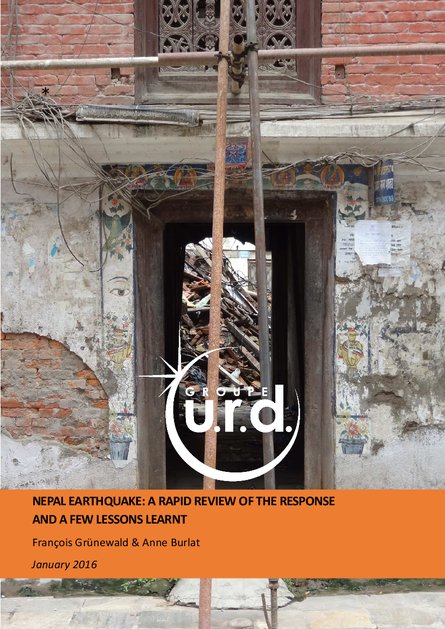
Nepal is a small landlocked country between India and China. Its population is about 26.6 million with an annual growth rate of 1.40 percent (preliminary findings of 2011 census) and it is one of the poorest countries in the world (currently ranks 157 out of 187 countries on the Human Development Index with a per capita income of less than US$650). Administratively, the country has been divided into seven states since the promulgation of a new constitution in autumn 2015.
Kathmandu is the most populated district in Nepal. Kathmandu valley (consisting of three districts; Kathmandu, Lalitpur and Bhaktapur) is one of the fastestgrowing urban agglomerations in South Asia, with a population of around 2.5 million people. It is situated on a major fault line, placing it at significant risk of an intense earthquake. Out of 21 cities worldwide that lie in similar seismic zones, Kathmandu is the most at risk in terms of impact on people. Moreover, rapid, haphazard urban development, including non-compliance with the building code, failure to use qualified engineers or trained masons, encroachment of buildings on open spaces and water table depletion are increasing vulnerability at a significant rate. Kathmandu’s critical infrastructure and essential services are also extremely vulnerable.